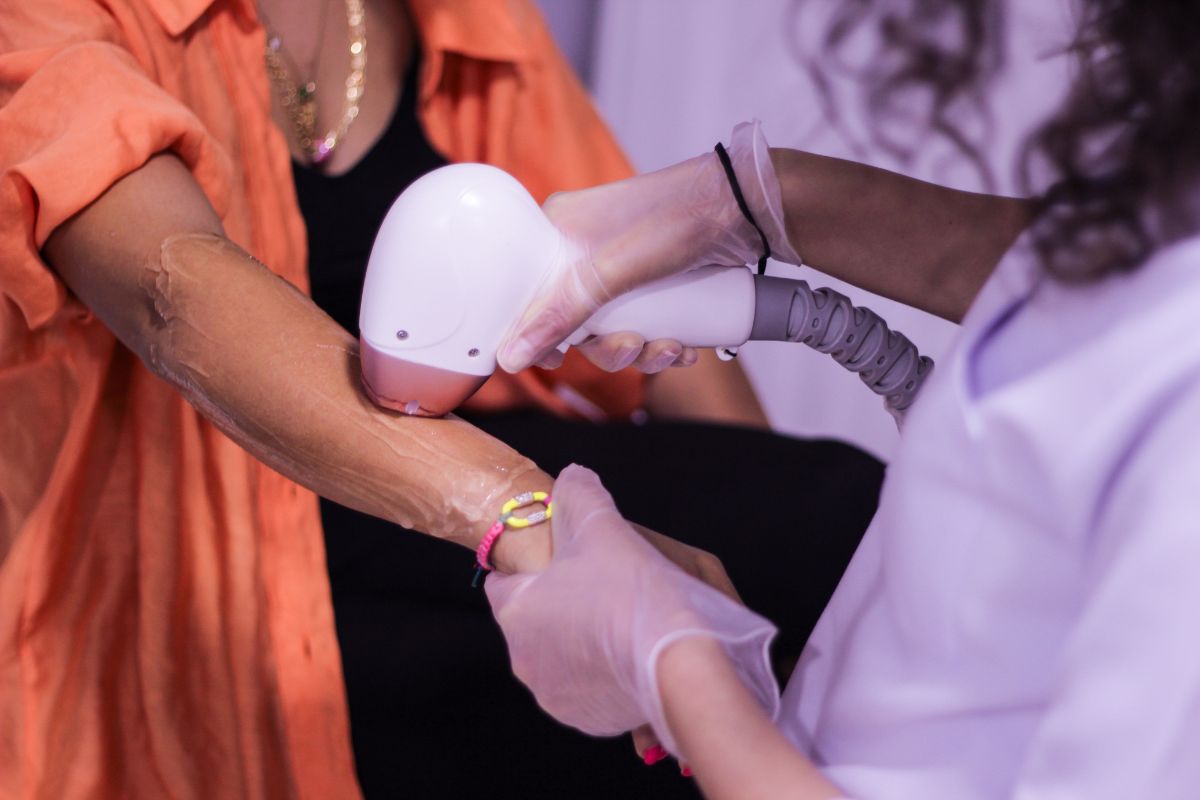How IPL Devices Work: Understanding the Technology Behind Them
IPL devices: The future of hair removal and skin rejuvenation
IPL (Intense Pulsed Light) devices are becoming increasingly popular in the beauty industry, particularly for hair removal and skin rejuvenation. These devices use a specific technology to deliver pulses of light to the skin, which are then absorbed by the target cells or structures, causing various effects. We’ll dive deeper into how IPL devices work and the technology behind them.
Understanding the technology behind IPL devices
IPL devices use a broad spectrum of light, typically ranging from 500 to 1200 nanometers (nm), which is filtered to select the desired wavelength for the treatment. The light is delivered through a handpiece that is placed on the skin and activated, sending short pulses of light to the target area. The light energy is then absorbed by the target cells, such as melanin in hair follicles or hemoglobin in blood vessels, causing various effects depending on the treatment.
Selective targeting of melanin in hair follicles
One of the most common uses of IPL devices is hair removal. The light energy is absorbed by the melanin in the hair follicle, which heats up and damages the follicle, inhibiting its ability to grow hair. However, because IPL devices are not as specific as laser devices, which use a single wavelength of light, they may not be as effective for darker skin tones or lighter hair colours. It’s important to consult with a professional and follow the instructions carefully to ensure safe and effective results.
IPL Devices for Skin Rejuvenation
IPL devices are also used for skin rejuvenation, targeting a variety of skin concerns such as pigmentation, fine lines, and acne. The light energy is absorbed by the target cells, causing them to break down and be eliminated by the body’s natural processes. This stimulates the production of collagen and elastin, which are essential for healthy and youthful-looking skin. IPL devices can also target blood vessels that cause redness and rosacea, reducing their appearance and improving overall skin tone and texture.
The Technology Behind IPL Devices
The technology behind IPL devices is based on selective photothermolysis, which is the process of selectively targeting a specific structure or cell type with light energy to cause thermal damage. The selected wavelength of light is absorbed by the target chromophore, such as melanin or hemoglobin, which converts the light energy into heat energy, causing thermal damage to the target. However, the surrounding tissue is not affected because the energy is only absorbed by the target chromophore.
IPL devices offer safe and effective hair removal and skin rejuvenation
To ensure safe and effective treatment, IPL devices typically have various settings that can be adjusted to match the individual’s skin type and treatment area. The settings may include the wavelength of light, the pulse duration, the pulse delay, and the energy level. It’s important to follow the instructions carefully and start with lower energy levels to avoid skin damage or discomfort.
Understanding the technology behind IPL devices can help ensure optimal results
In summary, IPL devices use a specific technology to deliver pulses of light to the skin, which are absorbed by the target cells or structures, causing various effects depending on the treatment. The technology is based on selective photothermolysis, which selectively targets a specific chromophore with light energy to cause thermal damage. IPL devices can be effective for hair removal and skin rejuvenation, but it’s important to consult with a professional and follow the instructions carefully to ensure safe and effective results.


